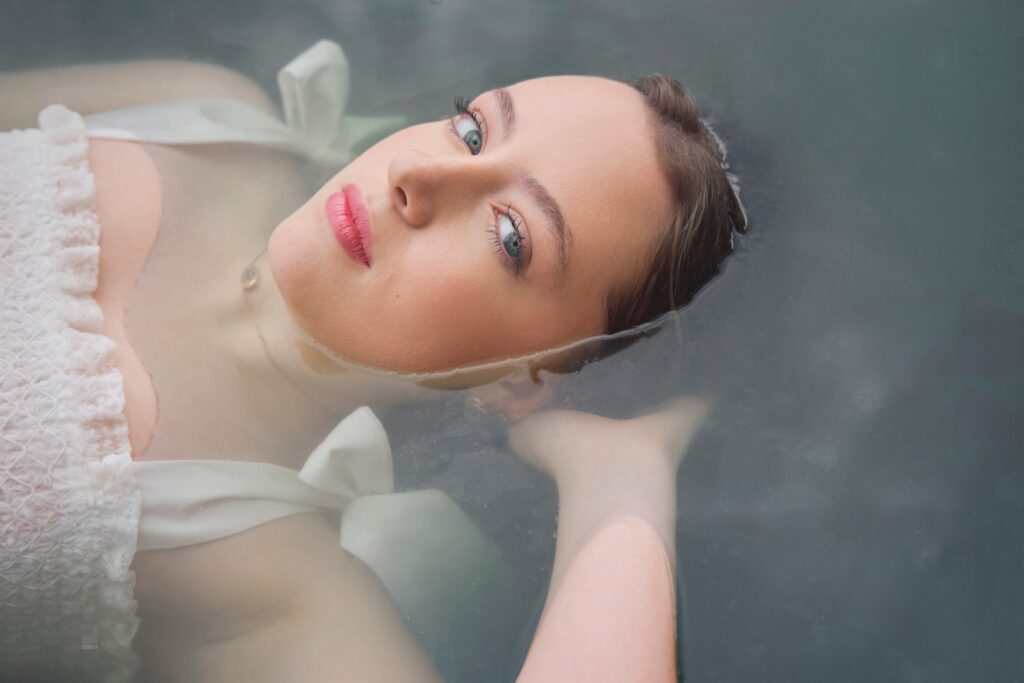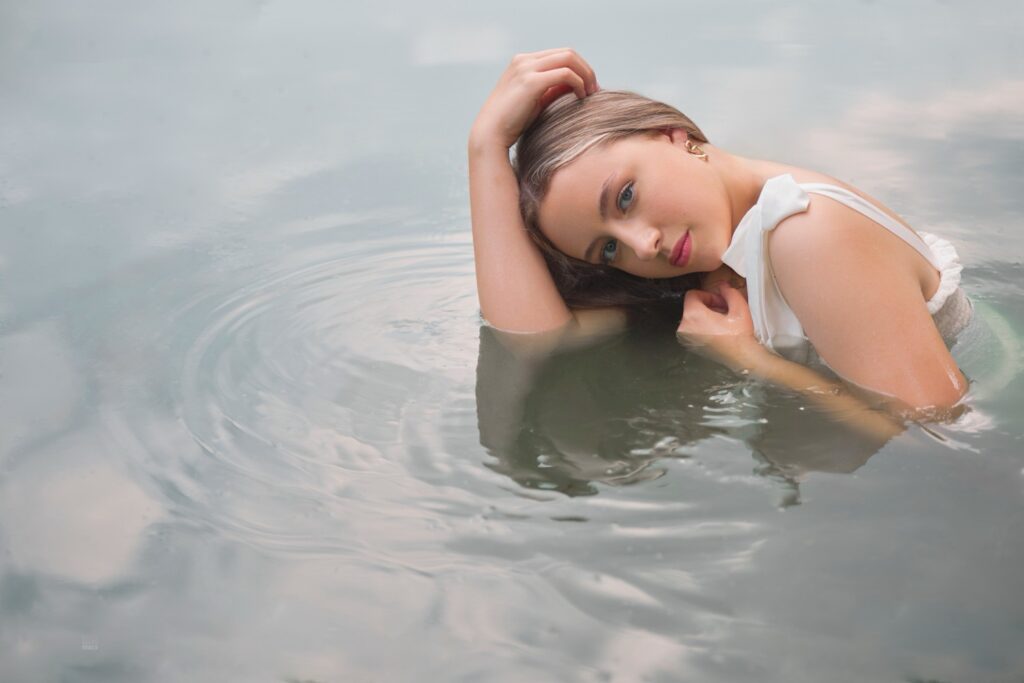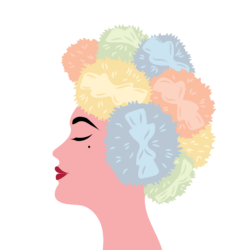When we look at beauty standards, it’s clear that they are constantly evolving and shifting across time and place. What is considered beautiful in one era or culture may be entirely different in another. And makeup, as a key part of beauty, plays a big role in this transformation.

Makeup is a form of presentation—and presentation is a kind of communication. Just like clothing or body language, makeup sends a message. Whether it’s a bold red lip or a soft, natural look, it communicates something about who we are, how we feel, or even what we want to express. But this message is only understood if the people receiving it are fluent in the “language” of beauty at that time and place.
This is why it’s so hard to pin down an ideal beauty standard. Beauty doesn’t exist in a vacuum—it’s deeply rooted in the culture that shapes it. What one generation or society sees as the ultimate look can be viewed entirely differently in another. Through makeup, we participate in that ongoing dialogue, shaping and reshaping beauty in ways that resonate with our current world.

So, as makeup wearers, what message are we choosing to send—and how might it be interpreted by others today?
Photos: Brad Rankin Studio
